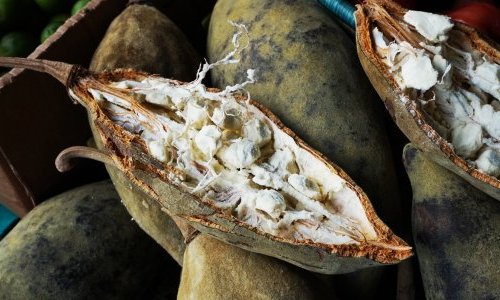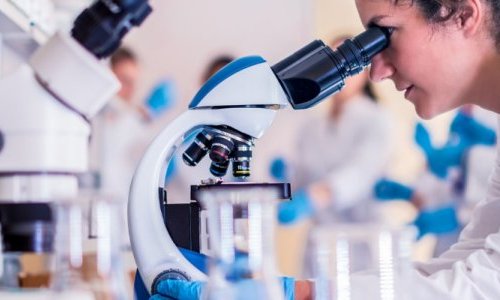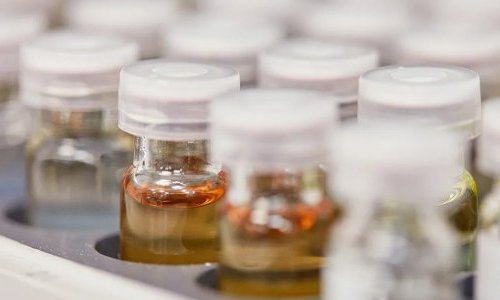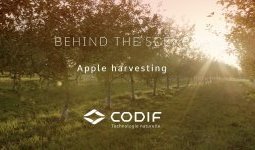In an effort to reduce their raw materials’ carbon footprint, Symrise developed SymTrap, a technique which consists in capturing the fragrant molecules contained in aqueous solutions, like rinse water or residual juices produced by extracting, distilling or lyophilizing plants and fruit. The process results in a resin, which is washed with alcohol to become a “SymTrap”, a new ingredient which differs from an essential oil, an absolute or a synthetic molecule by its low environmental impact. Derived from the valorization of by-products based on a technique requiring neither heat nor chemicals, SymTrap ingredients offer an extremely low carbon footprint.
Towards more innovation
Symrise first tested this 2008-patented process in Ecuador. The fragrance house retrieved residues from the production of maracuja juice to make SymTrap passionfruit - a natural, juicy, authentic material. Until then, fruity notes could only be obtained by synthesis, except for blackcurrant bud.
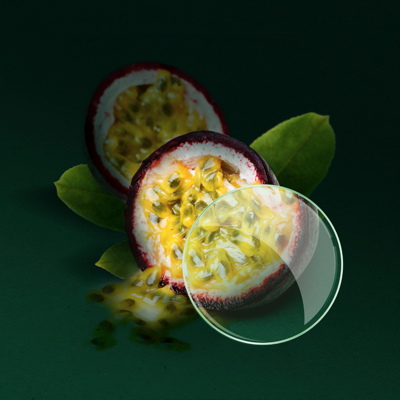
Passionfruit (maracuja) was one of the first SymTrap developed by Symrise
SymTrap also highlights standard ingredients in a new way, beautifying unexplored facets of them, as can be seen with a clove with smoky, almost peated notes, and cocoa with a surprisingly carnal, animal trail – these two materials from Brazil were showcased at WPC 2018.
Towards new olfactory horizons
Beyond environmental protection, SymTrap paves the way for revolutionary ingredients. Indeed, Symrise tested this process on residues of baby food products from the Diana brand: in 2019, onion, artichoke, garlic, asparagus, and cauliflower SymTraps were obtained from this waste. Symrise perfumers have only just started to explore these new materials.
“Artichoke offers similarities with the green notes of Rose Centifolia, which can help highlight its presence in a composition,” explains Suzy Le Helley, Fine Fragrance perfumer at Symrise. If onion does not sound very sexy, it does possess sulphurous notes similar to those of exotic fruit. The same goes for leek, whose green, milky tones evoke pandanus, an Asian fruit. “These are interesting prospects from a creative standpoint,” adds Suzy Le Helley. “We are gradually discovering these new plant-derived, sustainable materials. One can imagine this process will eventually be applied to other original materials. It is a real technological advancement,” she says.
Other than a low carbon footprint, the SymTrap technology boldly renews the perfumer palette. Let’s hope new perfumed notes will soon be released and breathe new life into the genre. We will see how perfumers will seize this opportunity!
|
The latest trends and innovations in fragrance will be presented on November 7, 2019 at the Fragrance Innovation Summit in Paris. Program and registration: www.fragranceinnovation.com |




